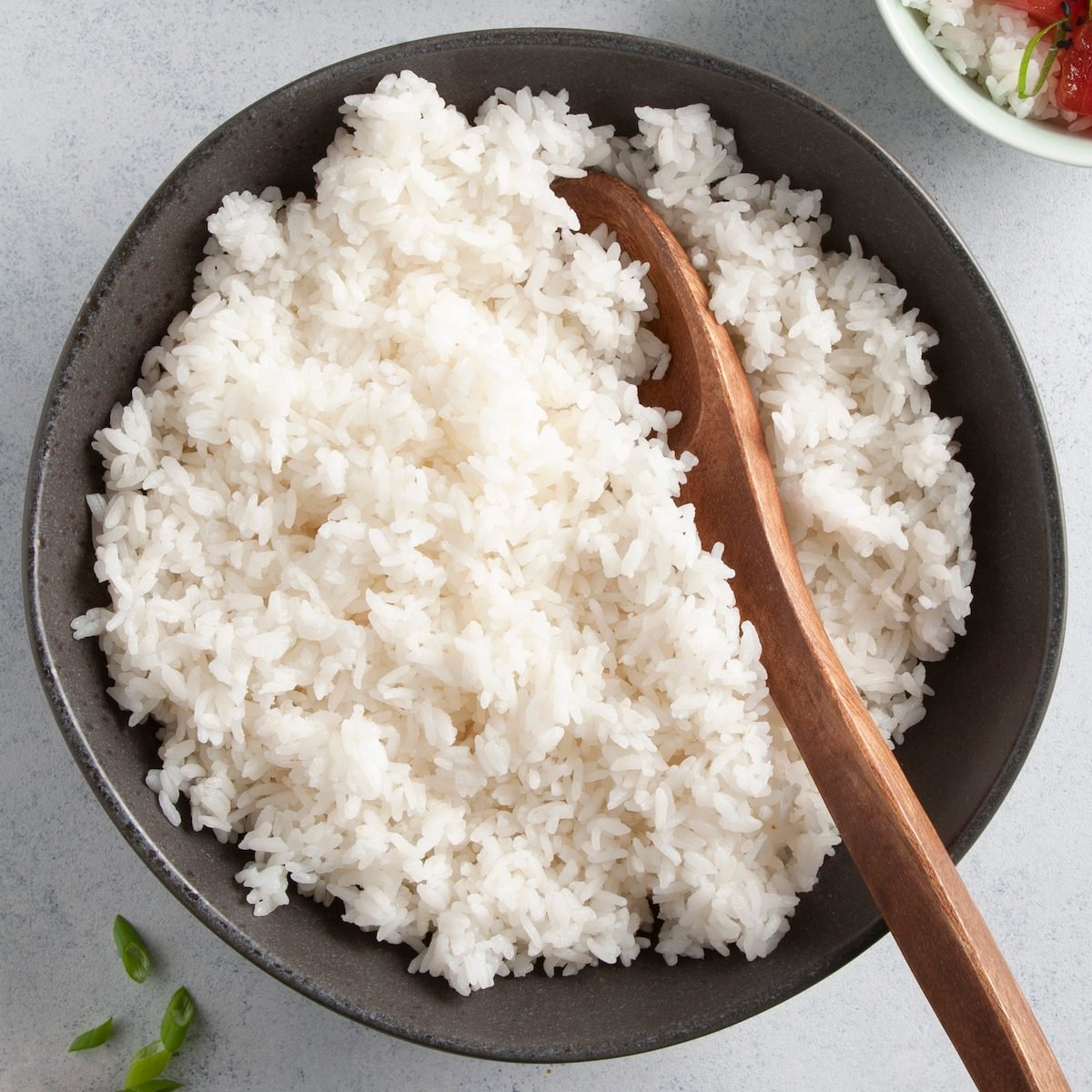

Articles
How To Store Cooked Rice In Freezer
Modified: January 6, 2024
Learn the best methods for storing cooked rice in the freezer to keep it fresh and flavorful. Our articles provide step-by-step instructions and helpful tips to ensure your rice stays perfect for future meals.
(Many of the links in this article redirect to a specific reviewed product. Your purchase of these products through affiliate links helps to generate commission for Storables.com, at no extra cost. Learn more)
Introduction
Welcome to the world of freezing and preserving food! In this article, we will explore the art of storing cooked rice in the freezer. Many people don’t realize that cooked rice can be easily frozen for later use, saving time and effort in the kitchen.
Whether you have leftover rice from a meal or simply want to stock up on cooked rice, freezing is a convenient and efficient method to keep it fresh for an extended period. Freezing cooked rice not only allows you to have a ready-to-eat meal at your fingertips but also prevents food waste, making it a great option for busy individuals or families.
What makes freezing cooked rice so beneficial? Well, let’s delve into the reasons why freezing is a smart choice.
Key Takeaways:
- Freezing cooked rice preserves freshness, saves time, reduces waste, and is cost-effective. It’s a versatile ingredient for meal planning and can be prepared for the freezer with simple steps.
- Proper labeling, timely freezing, and safe thawing are crucial for storing cooked rice in the freezer. Following safety guidelines ensures delicious and safe consumption of frozen cooked rice.
Read more: How To Store Soup In Freezer
Benefits of Freezing Cooked Rice
- Preserves freshness: Freezing cooked rice locks in its freshness, preventing it from becoming stale or dry over time. This means that when you thaw and reheat the rice, it will retain its original taste and texture.
- Saves time and effort: By freezing cooked rice, you can prepare larger quantities in advance and have ready-to-eat meals at any time. This eliminates the need to cook rice from scratch every time you want to enjoy a meal.
- Reduces food waste: It’s not uncommon for people to cook more rice than they can consume in one sitting. Freezing leftovers ensures that no rice goes to waste, allowing you to enjoy every grain without guilt.
- Cost-effective: Buying rice in bulk and cooking it in larger quantities can be more economical. Freezing the excess rice allows you to take advantage of bulk discounts and save money in the long run.
- Meal planning made easy: By freezing cooked rice, you can easily incorporate it into your meal plans. It serves as a versatile ingredient that can be used in various dishes, from stir-fries and casseroles to rice bowls and salads.
Now that we understand the benefits of freezing cooked rice, let’s dive into the process of preparing it for the freezer.
Key Takeaways:
- Freezing cooked rice preserves freshness, saves time, reduces waste, and is cost-effective. It’s a versatile ingredient for meal planning and can be prepared for the freezer with simple steps.
- Proper labeling, timely freezing, and safe thawing are crucial for storing cooked rice in the freezer. Following safety guidelines ensures delicious and safe consumption of frozen cooked rice.
Read more: How To Store Soup In Freezer
Benefits of Freezing Cooked Rice
When it comes to preserving food, freezing is a fantastic solution. The same goes for cooked rice. Freezing cooked rice offers numerous benefits that are worth considering. Let’s explore why freezing cooked rice is a smart choice:
1. Preserves freshness:
Freezing cooked rice locks in its freshness, ensuring that it stays moist and flavorful. This is especially important if you anticipate having leftovers or enjoy meal-prepping to save time during busy weekdays. When you thaw and reheat the frozen rice, it will retain its original taste and texture, just like freshly cooked rice.
2. Saves time and effort:
We all want to simplify our cooking routines, and freezing cooked rice can be a game-changer in that regard. By preparing larger quantities of rice and freezing them in portions, you can conveniently have ready-to-eat meals at your fingertips. No more waiting for rice to cook or dealing with messy pots and pans. With frozen cooked rice, you can quickly whip up a delicious meal in no time.
Read more: How Long Does Coffee Last In Freezer
3. Reduces food waste:
Food waste is a global concern, and rice is no exception. Leftover cooked rice often ends up in the trash, which is a shame considering the resources and effort that went into preparing it. Freezing cooked rice allows you to salvage those leftovers and enjoy them later. It’s an excellent way to minimize food waste and make the most out of every grain of rice.
4. Cost-effective:
If you are someone who buys rice in bulk, freezing cooked rice can be a cost-effective choice. By cooking larger batches of rice and freezing the excess, you can take advantage of bulk discounts and save money in the long run. You’ll have a ready supply of rice without the need to buy pre-packaged or takeout rice, which can be more expensive.
5. Meal planning made easy:
Having frozen cooked rice opens up a world of possibilities for meal planning. Whether you prefer stir-fries, casseroles, rice bowls, or salads, incorporating frozen rice into your recipes can save you time and effort. It’s a versatile ingredient that can easily be transformed into a variety of dishes, allowing you to enjoy a diverse and nutritious meal plan.
With these benefits in mind, it’s clear that freezing cooked rice is a practical and convenient option. So, let’s move on to the next step and explore how to prepare cooked rice for freezing.
Preparing Cooked Rice for Freezing
Before you freeze your cooked rice, it’s important to follow a few simple steps to ensure optimal results. Here’s a step-by-step guide on how to prepare cooked rice for freezing:
Read more: How To Store Broth In Freezer
1. Cool the rice:
Allow the cooked rice to cool down completely before packaging it for freezing. This helps prevent condensation and ice crystals from forming in the packaging and ensures that the rice maintains its texture and quality.
2. Separate into portions:
Divide the cooled rice into individual portions based on your needs. You can measure the portions based on the number of servings you usually consume or the specific recipes you plan to use the rice in later. This will make it easier to thaw and use only the desired amount of rice for each meal.
3. Package the rice:
Choose an appropriate packaging option to prevent freezer burn and maintain the freshness of the rice. There are a few options you can consider:
- Sealable plastic bags: Place each portion of rice into separate sealable plastic bags. Press out as much air as possible before sealing the bags. Ensure the bags are labeled with the date and quantity of rice for easy identification later.
- Freezer-safe containers: Alternatively, you can use freezer-safe containers with tight-fitting lids to store the rice. Fill each container with the desired portion of rice and seal it tightly. Label the containers with the date and quantity of rice for reference.
- Re-sealable freezer-safe containers: If you prefer a more sustainable option, consider using re-sealable freezer-safe containers. These containers are convenient for storing and accessing small portions of rice without the need for additional packaging.
4. Remove excess air:
Regardless of the packaging option you choose, it’s important to remove as much air as possible to prevent freezer burn. Air exposure can negatively affect the quality and flavor of the rice over time. Press out any excess air from the bags or containers before sealing them tightly.
Read more: How To Store Pesto In Freezer
5. Label and date:
Don’t forget to label each package with the date of freezing and the quantity of rice inside. This will help you keep track of how long the rice has been frozen and ensure that you use the oldest portions first.
With these simple preparation steps, your cooked rice is ready to be stored in the freezer. In the next section, we will discuss the various options for packaging and storing frozen cooked rice.
Packaging Options for Storing Cooked Rice in the Freezer
When it comes to storing cooked rice in the freezer, choosing the right packaging is key to ensuring the rice stays fresh and retains its quality. Here are some packaging options to consider:
1. Sealable Plastic Bags:
Sealable plastic bags are a popular choice for storing cooked rice in the freezer. They are convenient, cost-effective, and come in various sizes to accommodate different portion sizes. Using a bag with a zipper or a double seal can help prevent any air or moisture from entering the package, protecting the rice from freezer burn.
To use sealable plastic bags, follow these steps:
- Allow the cooked rice to cool completely.
- Divide the rice into individual portions.
- Place one portion of rice into each bag.
- Press out as much air as possible from the bag.
- Seal the bag securely, ensuring it is airtight.
- Label the bag with the date and quantity of rice.
2. Freezer-Safe Containers:
Using freezer-safe containers is another excellent option for storing cooked rice. These containers are designed to withstand the extreme temperatures of the freezer and can be reused multiple times. They come in various sizes and shapes, making it easy to portion out the rice.
To use freezer-safe containers, follow these steps:
- Allow the cooked rice to cool completely.
- Divide the rice into individual portions.
- Place one portion of rice into each container.
- Seal the container tightly to prevent air from entering.
- Label the container with the date and quantity of rice.
Read more: How To Store Stock In Freezer
3. Re-Sealable Freezer-Safe Containers:
If you prefer a more eco-friendly option, consider using re-sealable freezer-safe containers. These containers usually have airtight lids that can be opened and closed easily, allowing for multiple uses. They are ideal for storing small portions of rice separately.
To use re-sealable freezer-safe containers, follow these steps:
- Allow the cooked rice to cool completely.
- Divide the rice into individual portions.
- Place one portion of rice into each container.
- Seal the container tightly to prevent air from entering.
- Label the container with the date and quantity of rice.
Regardless of the packaging option you choose, ensure that the rice is properly sealed to minimize the risk of freezer burn and maintain the highest quality. In the next section, we will discuss the importance of labeling and dating frozen cooked rice.
Labeling and Dating Frozen Cooked Rice
When it comes to freezing cooked rice, proper labeling and dating are essential for efficient organization and ensuring the best quality of the rice. Here are some reasons why labeling and dating are important:
1. Easy identification:
Labeling each package of frozen cooked rice allows you to quickly identify its contents without the need to open and inspect it. This saves you time and effort, especially when you have multiple packages of frozen rice in the freezer.
2. Prevents confusion:
Labeling helps prevent confusion when you have different types of rice or rice dishes stored in the freezer. By clearly indicating the contents, you can easily distinguish between jasmine rice, brown rice, or any other varieties you may have frozen. This ensures that you use the desired type of rice for your meals.
Read more: How To Store Pasta Sauce In Freezer
3. Keeps track of storage time:
Dating the packages of frozen cooked rice allows you to track how long the rice has been stored in the freezer. It is recommended to consume frozen cooked rice within 3-6 months for the best quality. By dating the packages, you can keep track of the storage time and prioritize using the oldest portions first.
4. Portion control:
Labeling and dating also assist with portion control. If you have frozen the rice in individual servings, labeling helps you identify the quantity of each package. This way, you can easily select the appropriate portion size for your specific needs, whether it’s for a single meal or a family gathering.
To label and date your frozen cooked rice, follow these simple steps:
- Use a waterproof marker or labels to write the contents on the packaging. Include relevant details such as the type of rice or any added ingredients.
- Add the date of freezing to each package. This can be the month and year or a specific date, depending on your preference.
- If you have multiple packages of rice, consider placing them in clear plastic bags and labeling the outside of the bag for easy identification.
By labeling and dating your frozen cooked rice, you can maintain an organized freezer and ensure that you use the rice within the recommended time frame. Now that we have covered labeling and dating, let’s move on to the freezing and thawing instructions for cooked rice.
Freezing and Thawing Instructions for Cooked Rice
Proper freezing and thawing techniques are crucial to preserve the quality and flavor of cooked rice. By following these instructions, you can ensure that your frozen rice remains delicious and ready to use whenever you need it.
Freezing Instructions:
- Allow the cooked rice to cool completely before freezing. This helps prevent moisture buildup and ensures the rice maintains its texture.
- If using sealable plastic bags, divide the rice into individual portions and place each portion into a separate bag. Press out excess air before sealing the bags. If using freezer-safe containers, fill each container with the desired portion of rice and seal tightly.
- Label each package with the date of freezing and the quantity of rice inside for easy reference.
- Place the packages in the coldest part of the freezer to ensure quick and even freezing.
- Do not overload the freezer with other items to allow proper airflow around the rice packages.
Read more: How To Store Chicken Stock In Freezer
Thawing Instructions:
When it’s time to use your frozen cooked rice, follow these thawing options:
- Refrigerator thawing: Thaw the frozen rice in the refrigerator overnight. Place the frozen rice in a covered container to prevent cross-contamination. This method is the safest but requires planning ahead as it takes longer.
- Microwave thawing: If you need to thaw the rice quickly, you can use the defrost function on your microwave. Transfer the frozen rice to a microwave-safe dish and defrost on low power in short intervals, stirring occasionally to ensure even thawing.
- Stovetop reheating: Another option is to reheat the frozen rice directly on the stovetop. Add a small amount of water or broth to a pot or skillet and heat on low-medium heat. Break up the frozen rice and heat, stirring occasionally, until it is fully thawed and heated through.
Regardless of the thawing method you choose, it’s important to reheat the rice to a safe internal temperature of 165°F (74°C) before consuming. This helps eliminate any potential bacteria that may have grown during the thawing process.
Remember, once the cooked rice is fully thawed, it should be consumed within 24 hours. Avoid refreezing thawed rice to maintain its quality and safety.
Now that you know how to freeze and thaw cooked rice, let’s move on to some tips for using frozen cooked rice effectively.
Tips for Using Frozen Cooked Rice
Using frozen cooked rice can be a game-changer in your meal planning and preparation. Here are some tips to help you make the most of your frozen rice:
1. Portion it out:
When freezing cooked rice, it’s best to portion it out into individual servings. This way, you can easily thaw and use only the amount you need for a particular meal, minimizing waste and ensuring that you have the right portion size for your recipes.
2. Cook from frozen:
In some cases, you can cook frozen rice directly without thawing it. For example, if you’re adding the rice to a dish with other ingredients, such as stir-fries or casseroles, you can incorporate the frozen rice directly into the cooking process. Just ensure you adjust the cooking time accordingly to allow the rice to heat and thaw completely.
3. Add moisture if needed:
Frozen rice can sometimes be dry after thawing and reheating. To moisten it, you can add a splash of water or broth while reheating it on the stovetop or in the microwave. This will help revitalize the texture and prevent the rice from becoming too dry.
4. Customize the flavor:
Frozen cooked rice serves as a versatile base for various dishes. You can easily customize the flavor by adding herbs, spices, or other seasonings during the reheating process. This will elevate the taste and transform the rice into a delicious side dish or even a main course.
5. Use it in a variety of recipes:
Frozen cooked rice can be used in a wide range of recipes. It’s a key ingredient in classic dishes like fried rice and rice pilaf. Additionally, you can use it as a filling for burritos, as a base for rice bowls, or even as a stuffing for vegetables. Get creative and experiment with different recipes to make the most out of your frozen rice.
6. Keep a stock rotation:
To ensure that your frozen rice stays fresh, practice a stock rotation system. Use the oldest portions first and avoid keeping frozen rice for too long. This will help maintain the best quality and flavor.
By following these tips, you can maximize the convenience and versatility of frozen cooked rice. Whether you’re meal prepping, short on time, or looking to minimize food waste, frozen rice can be a lifesaver in your kitchen.
In the next section, we will cover important safety guidelines to keep in mind when storing cooked rice in the freezer.
Read more: How To Store Homemade Baby Food In Freezer
Safety Guidelines for Storing Cooked Rice in the Freezer
While freezing cooked rice is a convenient and efficient way to preserve it, it’s important to follow certain safety guidelines to ensure the rice remains safe to consume. Here are some key safety guidelines to keep in mind when storing cooked rice in the freezer:
1. Proper cooling:
Before freezing cooked rice, it’s crucial to cool it down properly. Allow the rice to cool completely at room temperature before packaging and freezing. This helps prevent bacterial growth and maintains the quality of the rice when it is thawed and reheated.
2. Timely freezing:
After cooking and cooling, it’s important to freeze the rice promptly. Do not leave cooked rice at room temperature for extended periods as this can promote the growth of harmful bacteria. Aim to freeze the rice within 2 hours of cooking to ensure its safety.
3. Proper packaging:
Use freezer-safe packaging materials to store the cooked rice. This can include sealable plastic bags, freezer-safe containers, or re-sealable freezer-safe containers. These options provide an airtight seal, preventing contamination and freezer burn.
Read more: How To Store Flour In Freezer
4. Labeling and dating:
Properly label each package with the date of freezing and the quantity of rice inside. This helps you keep track of storage times and ensures you use the oldest portions first. It’s important to consume frozen cooked rice within 3-6 months for the best quality.
5. Thawing and reheating:
When thawing and reheating frozen cooked rice, it’s essential to do so safely. Thaw the rice in the refrigerator overnight or use the microwave or stovetop if you need to thaw it quickly. Reheat the rice to a safe internal temperature of 165°F (74°C) to eliminate any potential bacteria that may have grown during the thawing process.
6. One-time refreezing:
It is generally recommended to avoid refreezing thawed rice. Once you have thawed and reheated cooked rice, it should be consumed within 24 hours. Refreezing can affect the quality and safety of the rice.
7. Discard if in doubt:
If you are unsure about the safety or quality of the cooked rice, it’s best to err on the side of caution and discard it. Trust your instincts and prioritize your health and safety.
By following these safety guidelines, you can enjoy the convenience of frozen cooked rice while ensuring that it remains safe and delicious for consumption. Now, let’s conclude our discussion on storing cooked rice in the freezer.
Read more: How To Store Jalapenos In Freezer
Conclusion
In conclusion, freezing cooked rice is a fantastic way to preserve its freshness, save time and effort, reduce food waste, and save money. By following a few simple steps, you can ensure that your cooked rice stays delicious and ready to use whenever you need it.
We explored the benefits of freezing cooked rice, including how it preserves freshness, saves time, reduces food waste, and is cost-effective. Freezing cooked rice also allows for easier meal planning, as it serves as a versatile ingredient that can be used in various dishes.
To prepare cooked rice for freezing, make sure it is cooled completely before packaging it into sealable plastic bags, freezer-safe containers, or re-sealable freezer-safe containers. Removing excess air and labeling the packages with the date and quantity of rice is essential for proper organization and timely usage.
When it comes to using frozen cooked rice, portion it out, cook from frozen when appropriate, add moisture if needed, and get creative with different recipes. Keeping a stock rotation system ensures that your frozen rice stays fresh and is used within the recommended time frame.
Lastly, it’s important to follow safety guidelines, such as properly cooling the cooked rice, timely freezing, using suitable packaging, labeling and dating, ensuring proper thawing and reheating, and avoiding refreezing. When in doubt, it’s better to discard the rice to prioritize your health and safety.
By incorporating these practices, freezing cooked rice becomes a convenient and effective method to have a ready supply of rice on hand, reducing cooking time and minimizing food waste in the process.
So, the next time you find yourself with leftover cooked rice or want to prepare a batch in advance, consider freezing it. Not only will you save time and effort, but you’ll also have a versatile ingredient that can be used to create a variety of delicious meals. Happy freezing!
Frequently Asked Questions about How To Store Cooked Rice In Freezer
Was this page helpful?
At Storables.com, we guarantee accurate and reliable information. Our content, validated by Expert Board Contributors, is crafted following stringent Editorial Policies. We're committed to providing you with well-researched, expert-backed insights for all your informational needs.
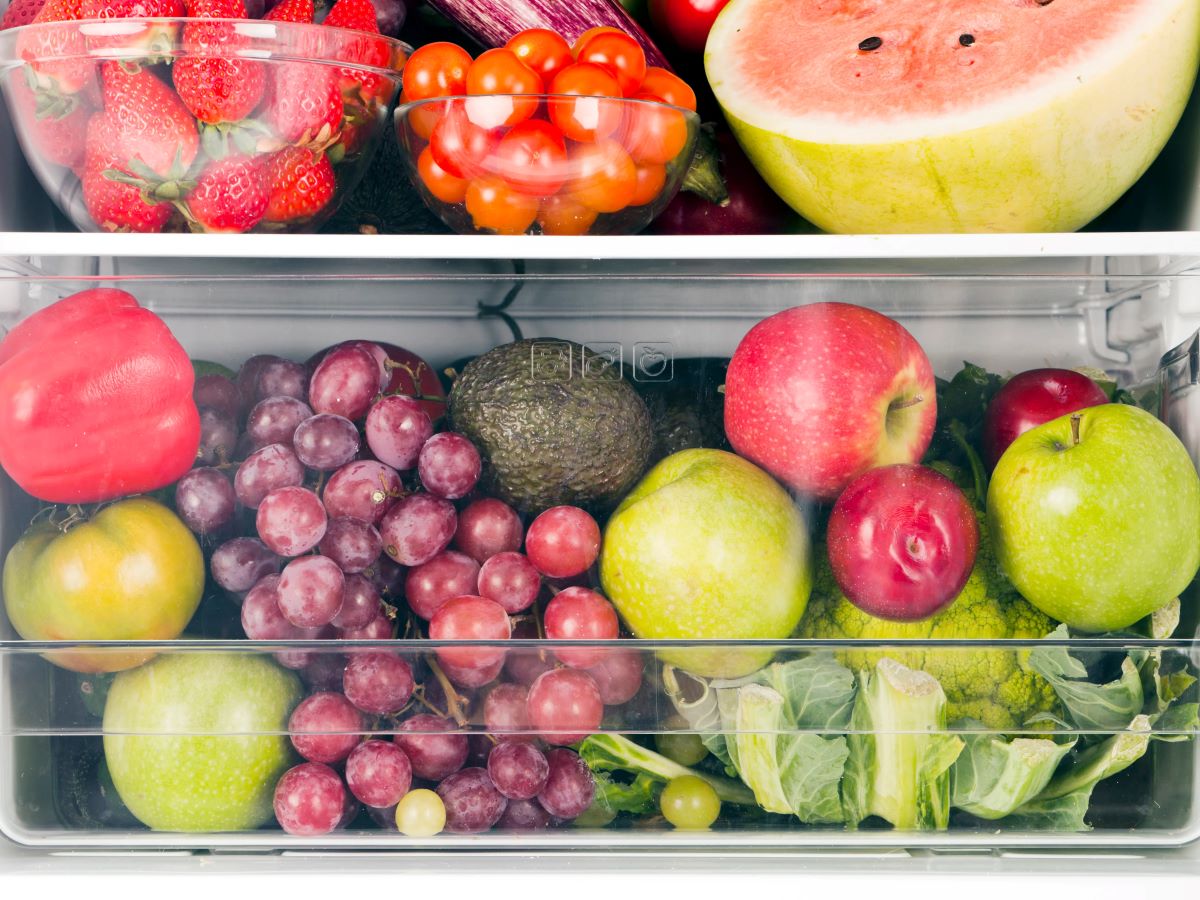
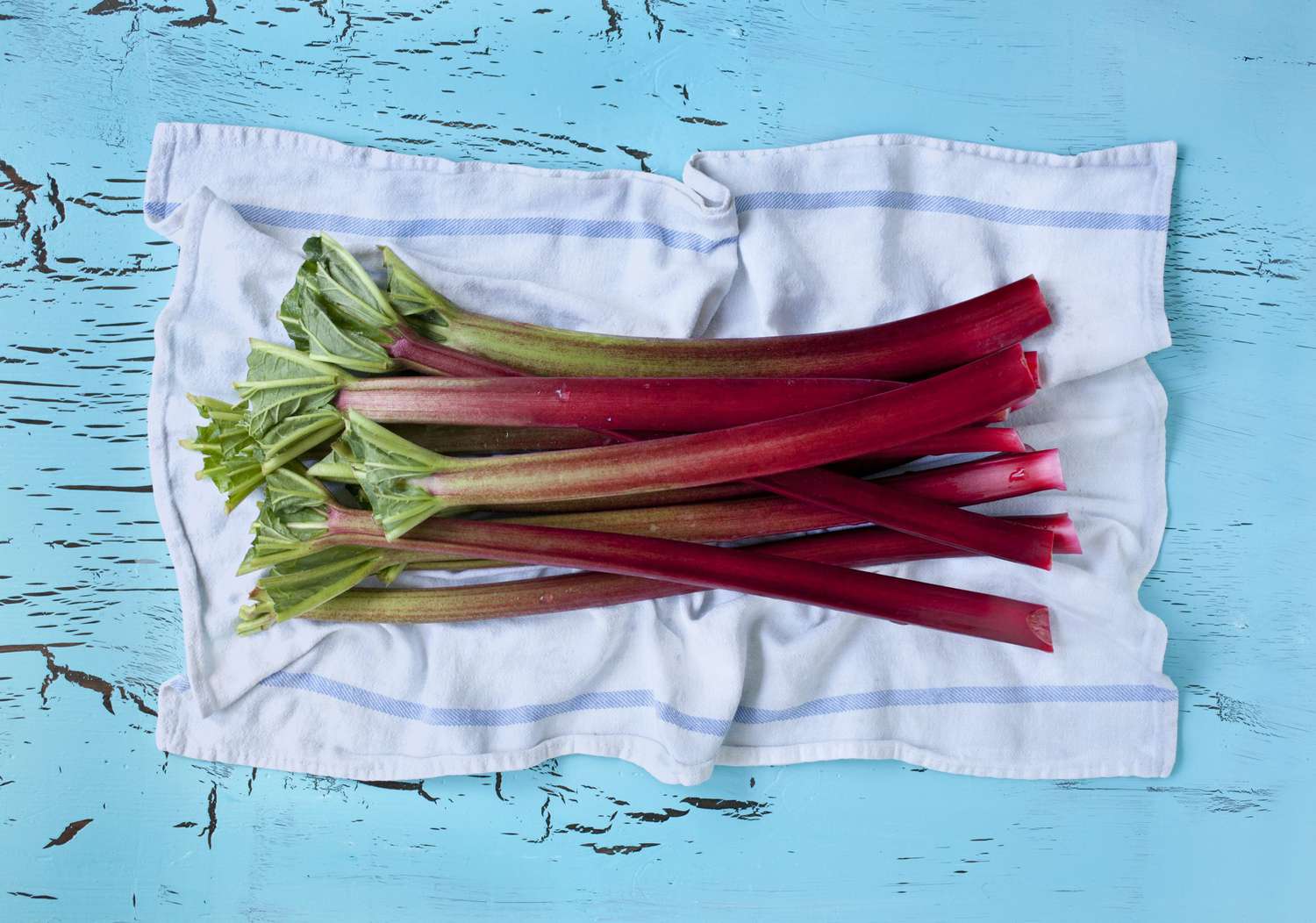
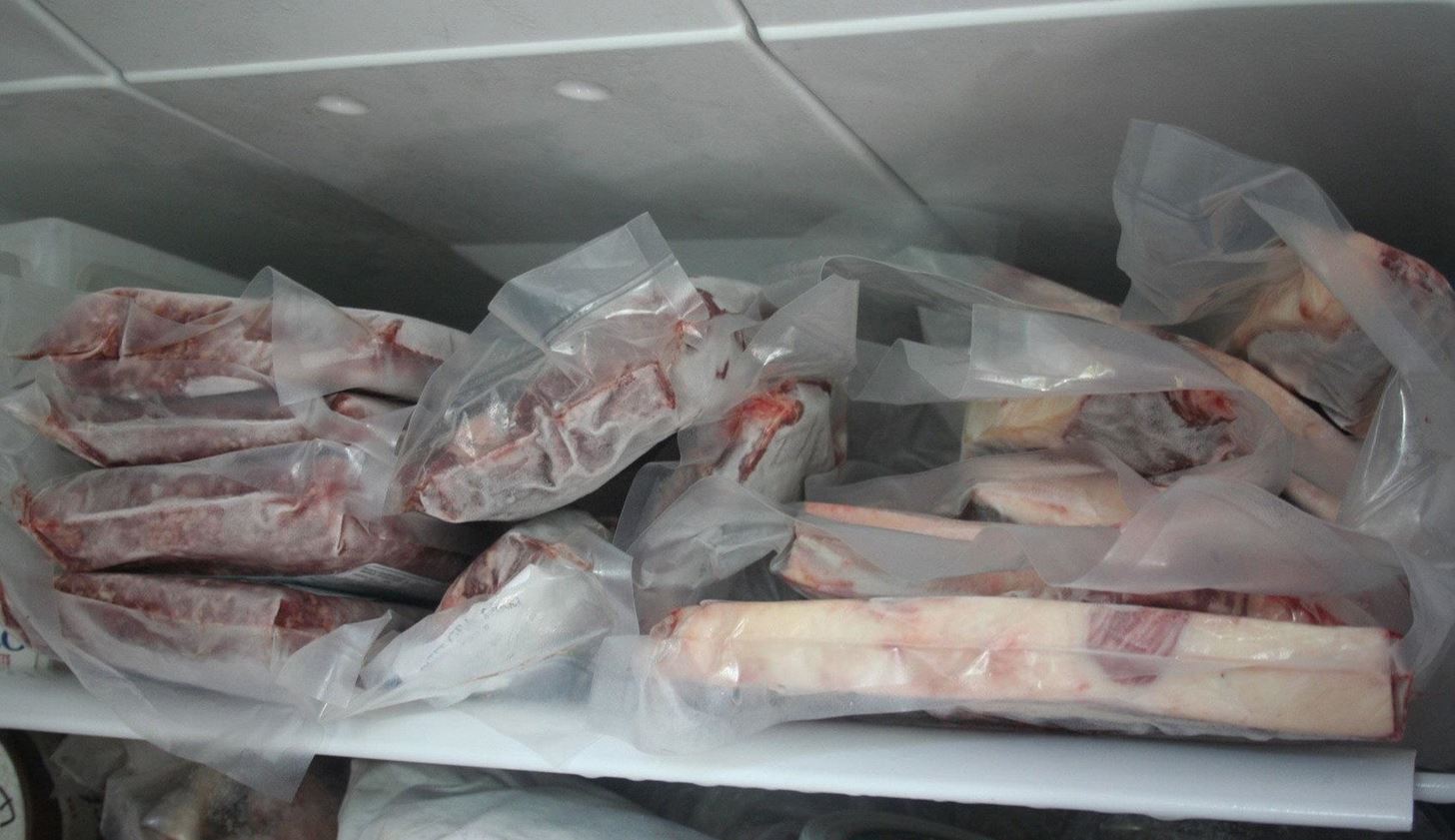
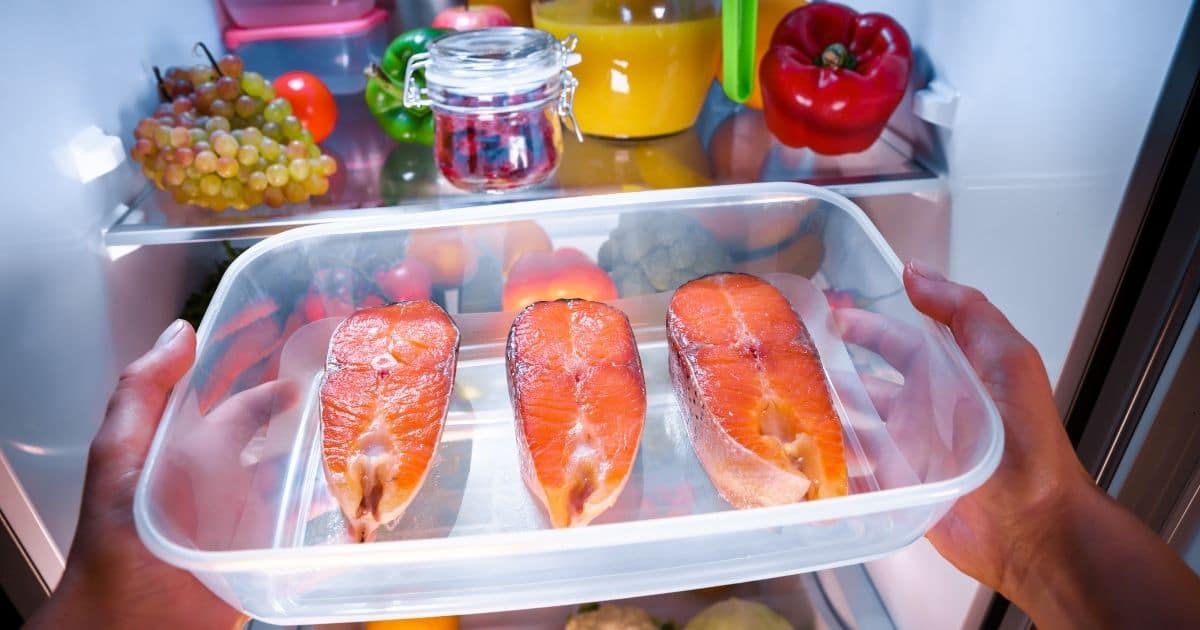
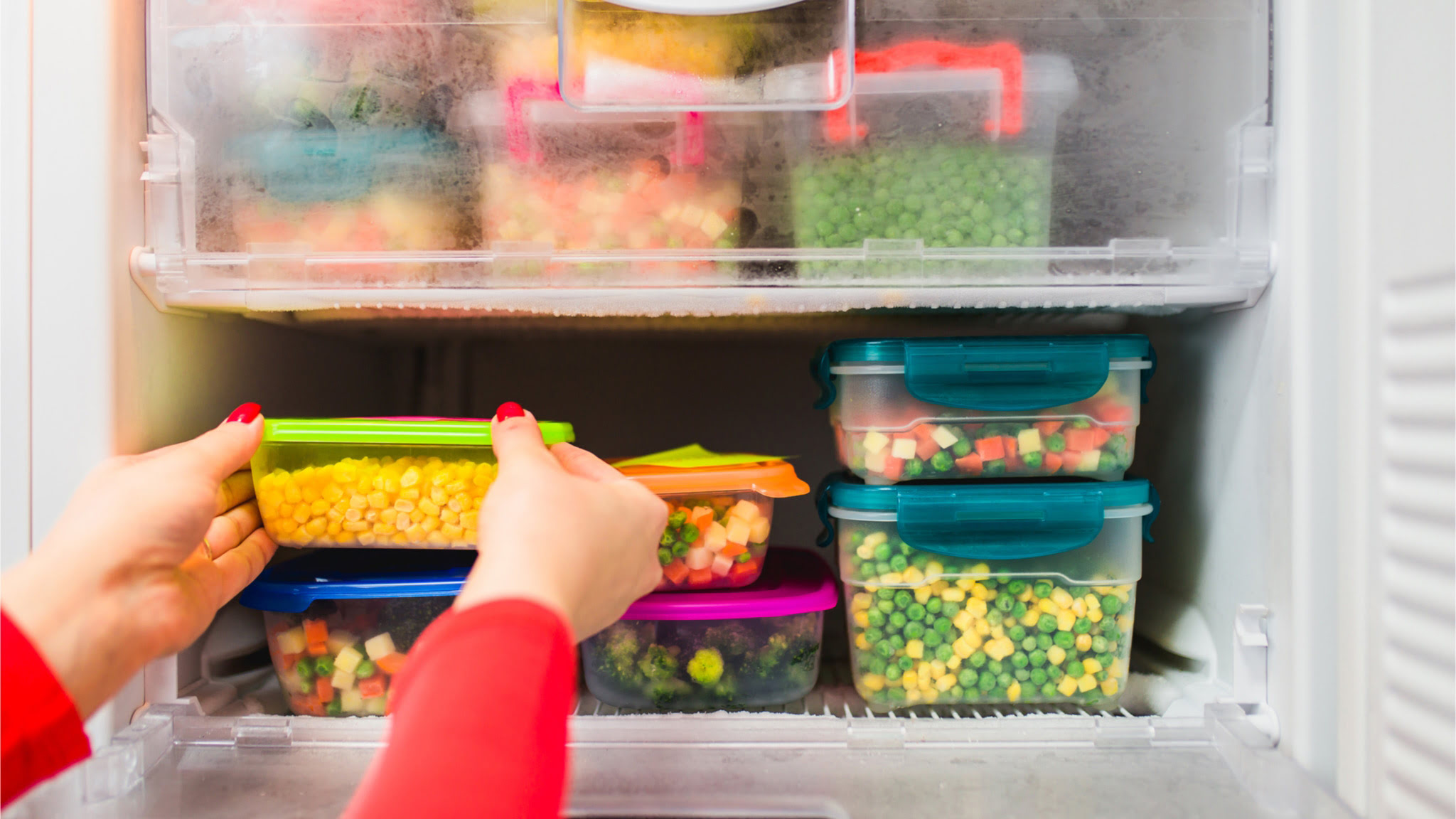

0 thoughts on “How To Store Cooked Rice In Freezer”